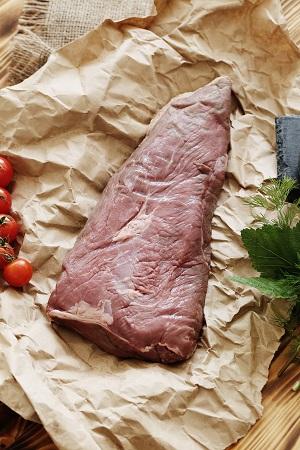
The Most Popular Types of Paper Used for Food Packaging
The Most Popular Types of Paper Used for Food Packaging
Paper is one of the most common packaging materials used in the food industry.Paper packaging has many benefits.It’s pretty cool how it helps to keep our food safe from damage and contamination, while also making sure it stays fresh for longer.You can use these papers for all your packaging needs such as Takeaway containers.Takeaway boxes and all food paper products.
What’s interesting is that there are actually different types of paper that are used for food packaging, and each one has its own set of unique qualities. It’s pretty neat to see how different types of paper can be used to meet the specific needs of different food products.
1.Kraft Paper
Kraft paper is one of the most commonly used types of paper for packaging food products in the food industry. It’s popular because of its strength and durability, which makes it great for packaging heavy items such as flour, sugar, and rice.
But that’s not all! Kraft paper is also often used for packaging fruits and vegetables, providing protection while still allowing air to circulate and prevent spoilage. Another great thing about kraft paper is that it’s eco-friendly, as it’s made from renewable resources and is biodegradable, making it a sustainable choice for packaging.
2.Greaseproof Paper
Greaseproof paper, also known as baking paper, is a type of paper that is coated with silicone, making it resistant to grease, oil, and moisture. This makes it an ideal choice for packaging oily and greasy foods such as butter, cheese, and fried foods. It’s also commonly used as a lining for baking trays to prevent baked goods from sticking and to make cleanup easier.
Greaseproof paper is available in different thicknesses, with thicker paper being more durable and able to withstand higher temperatures. This makes it suitable for use in ovens and microwaves, as well as for wrapping hot foods such as hamburgers.
3.Glassine paper
Glassine paper is a smooth and glossy paper that is commonly used for packaging snacks, candy, and bakery items. It is made by treating paper with sulfuric acid, which gives it a glossy finish and makes it resistant to air and moisture. This makes it an excellent choice for packaging delicate and fragile food items that need protection from air and moisture.
One of the advantages of using glassine paper is its transparency.Glassine paper is also commonly used as a liner for food trays, as it provides a barrier between the food and the tray, preventing contamination and making cleanup easier. Its non-stick properties make it ideal for use with sticky or oily foods like chocolate or pastries.
4.Waxed Paper
Have you ever heard of waxed paper? It’s coated with a thin layer of wax to make it resistant to moisture and grease, and it’s commonly used to wrap sandwiches, cheese, and other food items that need to be kept fresh. Waxed paper is also commonly used as a barrier between different layers of food to prevent them from sticking together. For example, it can be used to separate slices of cheese or meat in a sandwich to prevent them from sticking together.
One potential downside to using waxed paper is that it’s not recyclable, as the wax coating makes it difficult to recycle. However, it can still be composted, making it a more sustainable option than plastic packaging.
5.Butcher Paper
Butcher paper is a type of paper that is used to wrap meat and other food products. It is made from a heavy-duty kraft paper that is treated with a special coating to make it resistant to moisture and grease. Butcher paper is often used in meat processing plants and grocery stores to wrap meat products for customers. It is an ideal material for wrapping meat because it allows the meat to breathe while still protecting it from contamination and spoilage. Additionally, the paper’s strength and durability make it an excellent choice for wrapping heavy cuts of meat like roasts and steaks.
So, the next time you’re shopping for food products, take a closer look at the packaging. The type of paper used can make a significant difference in the quality and safety of the food products.









